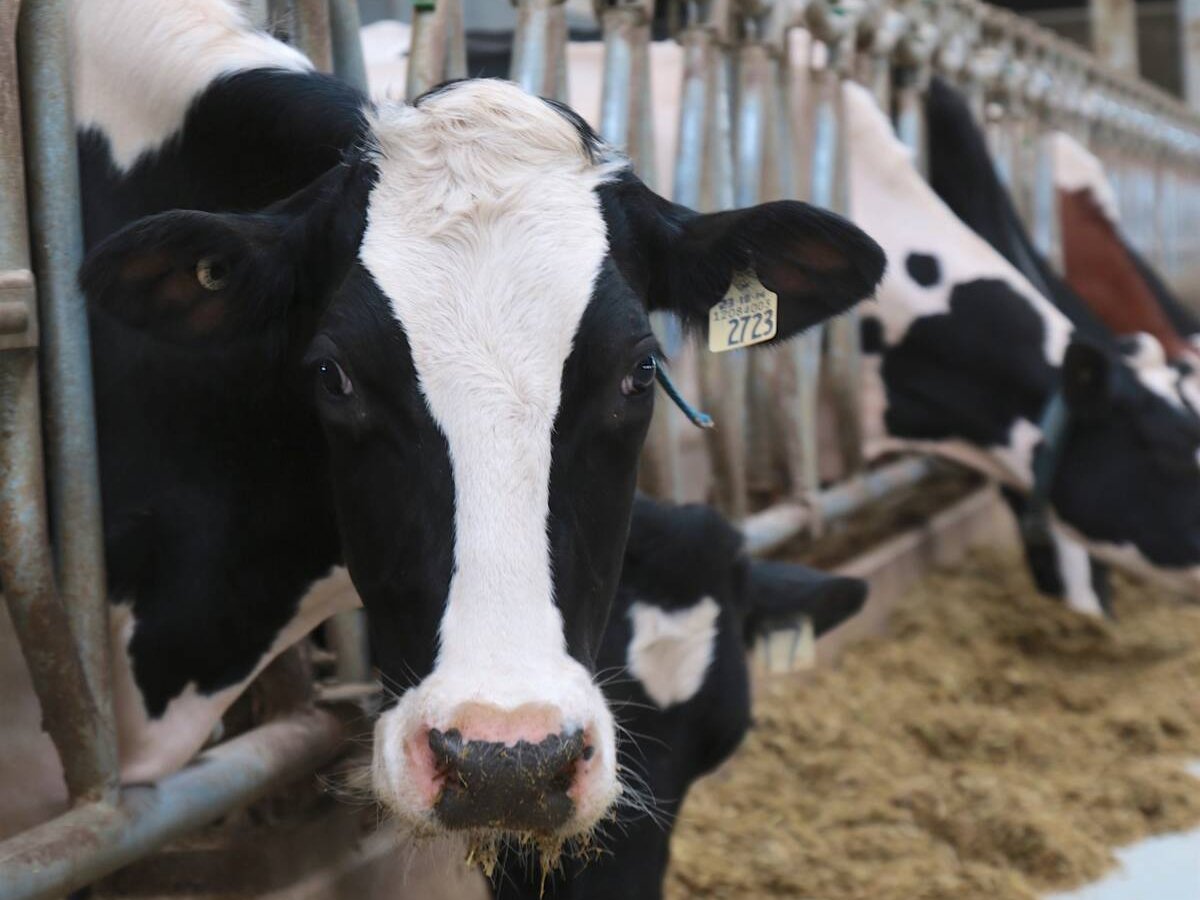For many years, the fertilizer industry has been a hazy market. Prices at the wholesale and retail level vary from region to region in North America. The price of a particular product at a dealership, such as urea, will also vary depending on who is buying and how much.
Would farmers be better off if retailers were required to post fertilizer prices at their dealership similar to those posted at gas stations?
Jeff Simpson of Ruthilda, Sask., said it would lead to a more consistent price for all customers.
Read Also

The Organization for Economic Co-operation and Development lauds Canada’s low farm subsidies, criticizes supply management
The Organization for Economic Co-operation and Development lauded Canada’s low farm subsidies, criticized supply management in its global survey of farm support programs.
“If it was posted, dealers would have to be using that same price for everyone,” he said. “Whereas, there are comments I’ve heard from producers where they feel different producers get different prices on the phone.”
Simpson said price frequently depends on volume sold, which discriminates against farmers with fewer acres.
Posting prices would create a more open marketplace, he said, and “competition is a good thing.”
Stan Novogrodski of Carrot River, Sask., said fertilizer dealers and bulk petroleum retailers should post prices outside their stations.
“All of the stuff, gas and everything else … it should be posted,” he said.
Gas retailers are not required by law to post gasoline and diesel prices on a sign outside their locations. But Measurement Canada, an agency of Industry Canada, requires retailers across the country to post prices on the pump.
The purpose of the regulation is to ensure that the volume of fuel sold is accurate and is corrected for temperature when dispensed.
Humphrey Banack, president of Wild Rose Agricultural Producers, agreed that posting fertilizer prices would make shopping easier but negotiating and haggling are parts of the agriculture business.
“If we’re going to have that done with fertilizer (a definite sales price), then we should have it done with tractors and combines. There’s a million things,” said Banack, who farms near Camrose, Alta.
If retailers had to post prices for all fertilizer, it would require a lot of data on a sign, Banack said.
“If they tried to put all that on a board out front, I think it would just get confusing for producers.”
Brian Chorney of East Selkirk, Man., doubts that posting prices would solve the problem. He believes the market would still remain grey.
“Using the futures market for an example … I can go on my computer and look and see what the futures are trading at. But until I know what basis level somebody is offering, I’ve got to call anyway,” he said.
David Spencer, who farms near Tisdale, Sask., welcomes change.
He liked the idea of transparency, but was skeptical that price posting would ever become mandatory.
More importantly, such a regulation would point the finger at the wrong segment of the fertilizer sector, Spencer said.
“I don’t think our local dealers are the problem,” he said.
Rather, it’s the small number of large players that control the fertilizer industry in North America.
As reported in the June 4 issue of the Producer, farmers are not the only ones accusing fertilizer companies of manipulating prices.
When Adam Fanaki, senior deputy commissioner for mergers with the Competition Bureau, appeared before the House of Commons agriculture committee in late May, politicians used the opportunity to take a few jabs at the fertilizer industry.
“The market share is held by a few companies and they are throwing their weight around and it’s to the detriment of farmers,” said Pierre Lemieux, Ontario Conservative MP and parliamentary secretary to agriculture minister Gerry Ritz. “What we see here is they (companies) have basically turned down the dial on production to keep the price high.”















